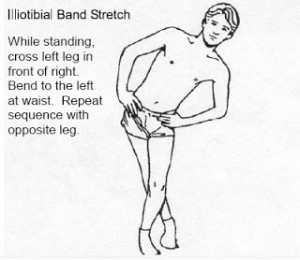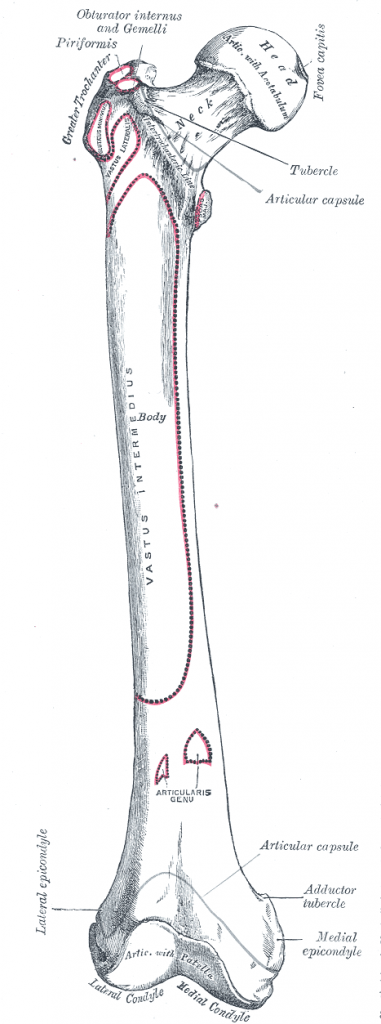Why is the IT band so sore (or so tight)?
This time of year some common questions that I hear while clients are on my table is “What is the IT band?” and “Why is my IT band so sore (or so tight)?” These questions typically come from people who have taken a long winter off from running, cycling and/or hiking or are beginning to start these types of activities.
Before I can tell you why it is so sore (or so tight), I will need to answer the first question: “What is the IT band?”
What is “IT”?
“IT” is the iliotibial band and it is a long band of fascia (or fibrous tissue) that runs along the outside of the thigh, extending from the outside of the pelvis, over the hip and knee, and inserting just below the knee.
During running, the IT band is crucial to stabilizing the knee, as it moves from behind the femur to the front of the femur during activity.
Why is “IT” so sore?
As you run, pedal or even walk, the IT band is constantly moving from behind to in front of the femur. The continual rubbing of the tissues over the lateral femoral epicondyle, combined with the repeated flexing and extension of the knee during these activities may cause the area to become inflamed.
Iliotibial Band Syndrome
IT band syndrome (ITBS) is a condition that results in the inflammation and pain on the outside of the knee where the IT band rubs against the femur.
Symptoms: While running, usually within the first mile or two, you will begin to feel a dull ache. This ache will linger during your run, but will disappear soon after you stop. In some severe cases, the pain can be sharp, and the outside of the knee can be tender and swollen.
Causes: There are numerous causes of ITBS, they can include anything that causes the leg to bend inward, stretching the IT band against the femur, such as bowlegs, overpronation, wore-out running shoes, or workouts on downhill or indoor, banked surfaces. A tight IT band can contribute to the injury. So can stepping up your training too quickly. Sometimes, it can take just a single, hard workout to cause ITBS.
Self-Treatment: You usually can’t run through ITBS, but if you do run, cut back on speed work, don’t run downhill, and make sure to stretch the IT band several times a day. The main objective is to restore the IT band’s flexibility.
 IT Band Stretch: A common and effective IT band exercise to try would be to stand with your right leg crossed in back of your left and extend your left arm against a wall, pole, chair, or other stable object. Lean your weight against the object while pushing your right hip to the right. Keep your right foot anchored while allowing your left knee to flex. You should feel the stretch in the iliotibial muscle in your right hip and extending down the outside of your leg.
IT Band Stretch: A common and effective IT band exercise to try would be to stand with your right leg crossed in back of your left and extend your left arm against a wall, pole, chair, or other stable object. Lean your weight against the object while pushing your right hip to the right. Keep your right foot anchored while allowing your left knee to flex. You should feel the stretch in the iliotibial muscle in your right hip and extending down the outside of your leg.
Preventive Measures: Make sure you stretch the IT band (after a workout is the best time). Strengthen and stretch your quadriceps and hamstrings. Warm up well before you run and avoid hard workouts on sloped roads, downhill surfaces, and indoor tracks.


You must be logged in to post a comment.